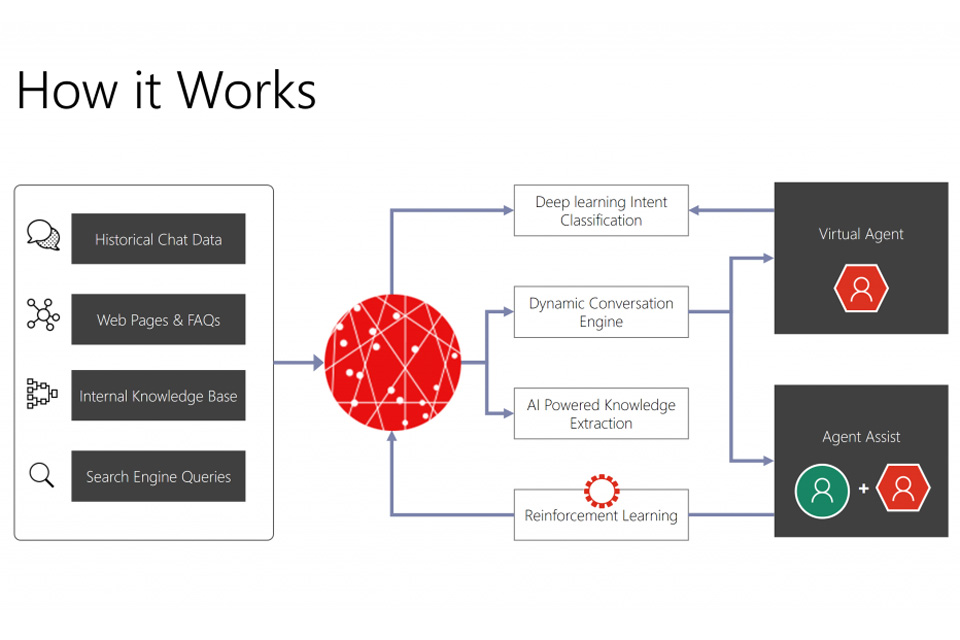Chat and Web Self-Service: Reshaping customer service strategies
https://contactcentresummit.co.uk/wp-content/uploads/2023/10/chat-keyboard-1804325_1280.jpg 960 640 Stuart O'Brien Stuart O'Brien https://secure.gravatar.com/avatar/81af0597d5c9bfe2231f1397b411745a?s=96&d=mm&r=gContact centres have long been the nexus between businesses and their customers. Historically reliant on voice-based interactions, these centres have undergone a significant transformation, driven by technological advancements and shifting customer preferences. Chief among these developments are chat and web self-service solutions. Here we delve into how these innovations have reshaped contact centres and modern customer service strategies, based on input from delegates and suppliers at the Contact Centre & Customer Services Summit…
- Instantaneous and Omnipresent Interaction: Gone are the days when customers would patiently wait in long phone queues to have their queries addressed. Chat solutions, especially live chat, offer instantaneous interaction. Embedded on websites, apps, and even social media platforms, they ensure that assistance is just a click away. This omnipresence enhances customer experience, driving satisfaction and loyalty.
- Empowering Customers with Web Self-Service: Today’s customers, armed with information and a desire for autonomy, often prefer to find solutions independently. Web self-service portals, complete with FAQs, video tutorials, and community forums, empower them to do just that. This not only frees up agents to tackle more complex issues but also leads to faster issue resolution, a win-win for businesses and customers alike.
- Data-Driven Personalisation: Chat solutions are more than mere communication tools; they’re goldmines of data. Every interaction offers insights into customer preferences, pain points, and behaviours. Armed with this data, businesses can deliver hyper-personalised experiences, anticipate needs, and proactively address concerns, redefining customer engagement.
- Integration with AI and Bots: The synergy between chat solutions and artificial intelligence has given birth to chatbots. These AI-driven entities can handle routine queries, guide users through processes, and even facilitate transactions. While they can’t entirely replace human agents, they augment the service, ensuring that agents’ time and expertise are utilised optimally.
- Cost-Efficiency and Scalability: From a business perspective, chat and web self-service solutions are cost-effective. They reduce the need for large teams of agents, especially during peak times, and minimise infrastructure costs. Additionally, as these solutions are often cloud-based, scaling up or down based on demand becomes seamless.
- Enhanced Training and Quality Assurance: With chat, every interaction is documented. This proves invaluable for training purposes, allowing new agents to learn from real-world interactions. Moreover, supervisors can review chats to ensure quality, compliance, and consistency in service delivery.
- Shift towards Proactive Customer Service: Instead of waiting for customers to reach out, modern contact centres are adopting a proactive approach. Chat solutions, integrated with analytics, can trigger interactions based on user behaviour. For instance, if a user spends too much time on a checkout page, a chat window can pop up, offering assistance, potentially salvaging a sale.
Chat and web self-service solutions have ushered contact centres into a new era. No longer mere problem-solving hubs, they’ve become integral to delivering holistic, memorable customer experiences. As technology continues to evolve and customer expectations rise, it’s clear that these solutions will remain at the heart of transformative customer service strategies.
Are you looking for Chat and Web Self-Service solutions for your business? The Contact Centre & Customer Services Summit can help!








